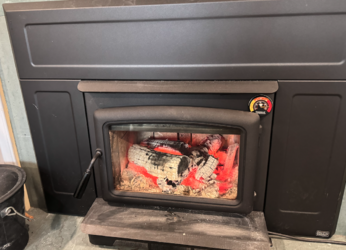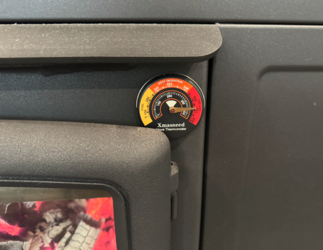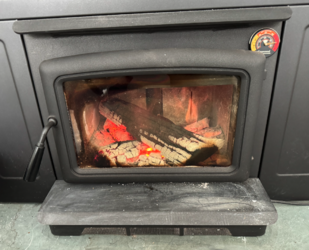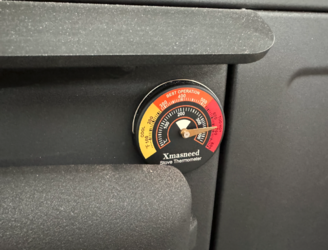A couple pics of my new thermometer on my Vista. According to the gauge, it is "Too Hot" but I feel like I have heard of people operating in the 700s regularly with no issues. Currently, it is showing around 730 with the air clamped all the way down. Opinions? I can only imagine how hot this would actually get if I loaded it to the gills which I never do....







